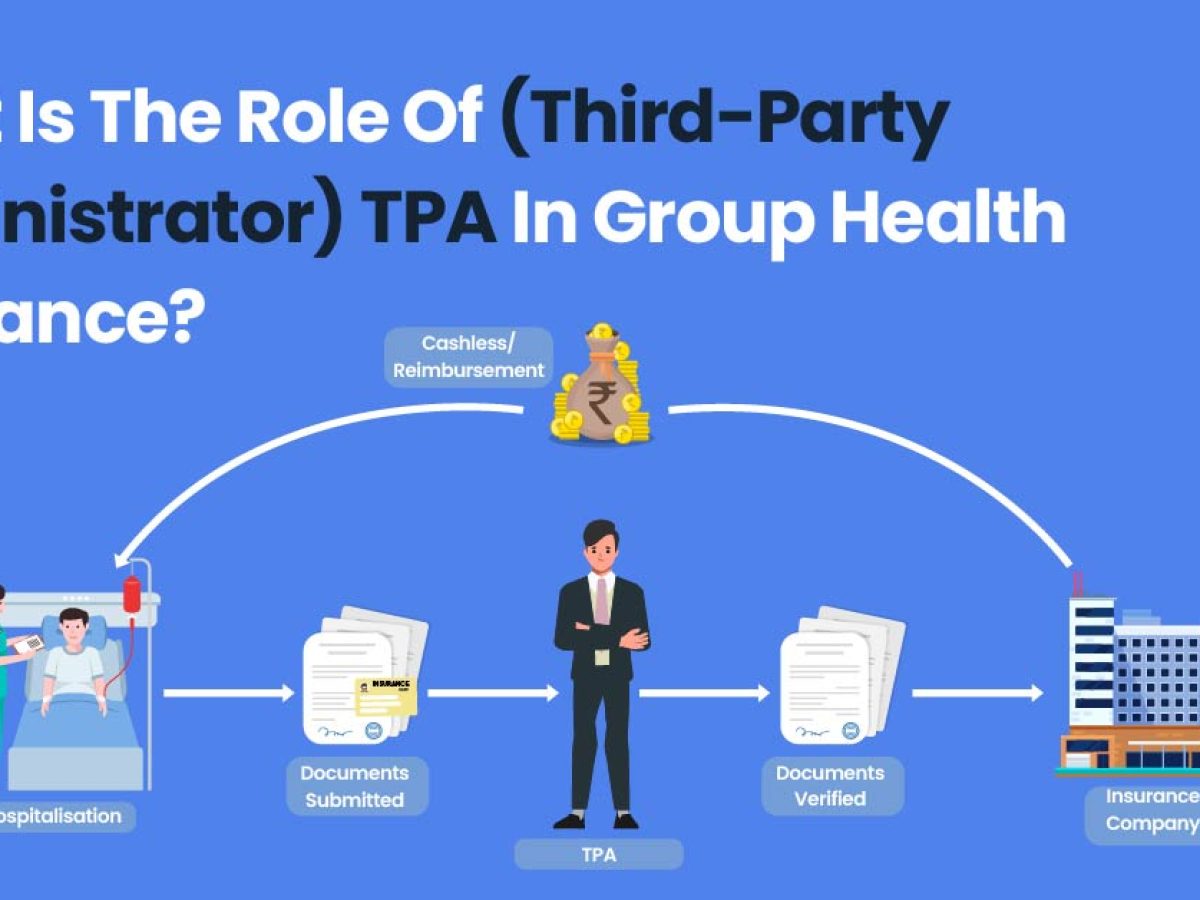Not known Facts About Pacific Prime
Not known Facts About Pacific Prime
Blog Article
How Pacific Prime can Save You Time, Stress, and Money.
Table of ContentsPacific Prime for Beginners8 Easy Facts About Pacific Prime ExplainedAll about Pacific PrimeThe Buzz on Pacific PrimeWhat Does Pacific Prime Mean?

This is since the information were accumulated for a period of strong financial performance. Of the approximated 42 million individuals who were uninsured, all however concerning 420,000 (about 1 percent) were under 65 years of age, the age at which most Americans end up being qualified for Medicare; 32 million were grownups between ages 18 and 65, about 19 percent of all adults in this age; and 10 million were youngsters under 18 years old, about 13.9 percent of all children (Mills, 2000).
These quotes of the number of persons uninsured are created from the annual March Supplement to the Present Populace Study (CPS), performed by the Demographics Bureau. Unless or else noted, national estimates of people without medical insurance and percentages of the populace with various sort of insurance coverage are based upon the CPS, one of the most extensively made use of resource of price quotes of insurance policy protection and uninsurance rates.
What Does Pacific Prime Mean?

Still, the CPS is specifically valuable since it produces yearly quotes relatively quickly, reporting the previous year's insurance policy coverage estimates each September, and due to the fact that it is the basis for a constant set of price quotes for greater than 20 years, permitting for analysis of trends in insurance coverage gradually. For these reasons, along with the considerable use the CPS in other research studies of insurance protection that are provided in this record, we count on CPS estimates, with limitations kept in mind.

The estimate of the variety of without insurance individuals expands when a populace's insurance coverage status is tracked for a number of years. Over a three-year period starting early in 1993, 72 million people, 29 percent of the united state populace, were without insurance coverage for at the very least one month. Within a single year (1994 ), 53 million people experienced at the very least a month without protection (Bennefield, 1998a)
Six out of every 10 uninsured grownups are themselves utilized. Working does improve the possibility that one and one's household members will have insurance policy, it is not a warranty. Also members of families with 2 full time breadwinner have practically a one-in-ten opportunity of being uninsured (9.1 percent uninsured price) (Hoffman and Pohl, 2000).
Pacific Prime Fundamentals Explained
New immigrants make up a considerable percentage of individuals without health insurance. One analysis has actually connected a substantial portion of the recent growth in the dimension of the united state without insurance population to immigrants who arrived in the country between 1994 and 1998 (Camarota and Edwards, 2000). Recent immigrants (those who concerned the United States within the past four years) do have a high rate of being uninsured (46 percent), but they and their children account for just 6 percent of those without insurance policy nationally (Holahan et al., 2001).
The partnership in between medical insurance and access to care is well developed, as recorded later on in this chapter. The relationship between wellness insurance coverage and health and wellness end results is neither straight nor basic, an extensive scientific and wellness services study literary works web links wellness insurance policy coverage to enhanced access to care, much better high quality, and improved individual and populace health and wellness status.
Levels of evaluation for taking a look at the results of uninsurance. It focuses particularly on those without any health and wellness insurance coverage for any type of length of time.
Some Of Pacific Prime
The troubles dealt with by the underinsured remain in some respects similar to those encountered by the without insurance, although they are typically much less serious. international health insurance. Uninsurance and underinsurance, nonetheless, involve noticeably various plan issues, and the approaches for addressing them may vary. Throughout this research study and the 5 records to follow, the primary emphasis is on persons without any health and wellness insurance and hence no assistance in spending for healthcare past what is available through charity and safeguard organizations
Health and wellness insurance policy is a powerful variable impacting invoice of care since both people and medical professionals reply to the out-of-pocket rate of solutions - http://tupalo.com/en/users/6478264. Medical insurance, however, is neither necessary neither adequate to access to clinical solutions. The independent and straight result of health and wellness insurance policy coverage on accessibility to wellness services is well established.
Others will obtain the health and wellness care they require also without health and wellness insurance, by spending for it expense or seeking it from service providers that provide care cost-free or at extremely subsidized prices. For still others, medical insurance alone does not ensure invoice of treatment as a result of various other nonfinancial learn this here now barriers, such as an absence of healthcare companies in their community, minimal access to transport, illiteracy, or linguistic and social differences.
Pacific Prime for Dummies
Formal research study regarding uninsured populaces in the USA dates to the late 1920s and early 1930s when the Board on the Cost of Treatment produced a series of records concerning funding doctor workplace brows through and hospitalizations. This concern ended up being salient as the numbers of medically indigent climbed during the Great Depression.
Report this page